the East Side & Beyond!
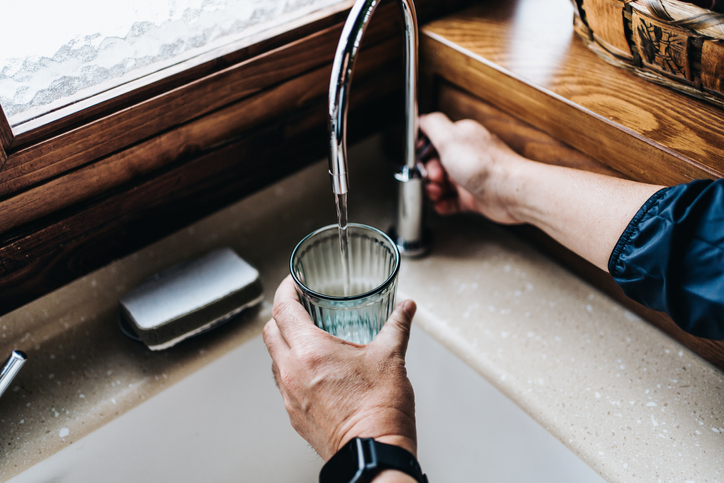
Should I Have My Water Tested for Lead or Other Contaminants?
June 1, 2018
Drip…drip…drip! The water that you have drunk time and time again may have been telling you lies. You thought you were hydrating yourself, keeping your body healthy and strong by drinking life’s precious liquid and yet what you did not know was that your water, all this time, may have been home to many different contaminants that could be detrimental to your health.
What is lurking in your water? Water may look and seem pure but often times, without filtration, contaminants are present. Your water may even contain contaminants that could potentially bring health risks. Often times the eyes, nose, and taste buds are not qualified enough to determine the true potential dangers in your water. Therefore it may be a good idea, and for the benefit of you and your family’s health, to test your water so you are aware of what may be contaminating what you’re drinking. However, there are some determining factors that may help to know how often it should be tested, such as the type of water source you draw from, any changes in your plumbing system, any notice or indication of contamination, and any health changes or illness that is affecting multiple family members.
Tap water
When drinking the water that is flowing from the faucet it may not always taste spectacular and be less than desirable, however, depending on where your water comes from can it be deemed unsafe. Tap water that comes from a public water system is required to be tested regularly and they must send out an alert if harmful contaminants are above the acceptable limits. But, this does not mean your water is pure and free of all things that pollute the water. In fact, there are a few and popular contaminants that may be lurking in your tap water:
-
Fluoride
This substance is highly toxic. It is more dangerous than lead but not as bad as arsenic. It may be known or seen as something that encourages oral health, however, it does not prevent harmful oral bacteria. There are many negative effects to this substance that include harm to the brain, digestive system, heart, and bones. Fluoride has a tendency to do more harm than good.
-
Lead
This substance can enter into your water supply through corroded pipes and fixtures. This toxin is especially dangerous for children and can affect them developmentally. In pregnant women, lead can affect the unborn child by causing reduced growth and premature birth. Lead is a toxin that attacks the organs causing major illness to the human body.
-
Chlorine
This contaminant is the main chemical that is added to a water supply to help purify it and kill harmful microorganisms and other waterborne toxins. Although, even with chlorine flowing through our waterlines there is still no guarantee that what we are drinking is free from all dangerous microorganisms. Chlorine is harmful to the body and can cause numerous health problems such as an increased risk to cancer, cell damage, increased respiratory risks, and effects the heart, it also causes a bad taste and even an unpleasant odor to the water.
Well water
When your water source comes from a well then federal drinking water standard does not apply to these types of water sources. Therefore it is the owner’s responsibility to make sure the water is adequately tested. Depending on the area you live in you may want to test more specifically for different toxins. For example, if the area you reside is agriculturally driven then a test that looks for the type of pesticides that are commonly used may be most effective. Regardless of your area, it is important to test annually for nitrates, coliform bacteria, pH, sodium, chloride, and sulfate. Every three years be sure to test for iron and manganese and depending on the area annual tests may include lead, copper, arsenic, radon, and pesticides.
When to test
It is important to know your surroundings and the different types of toxins that could be contaminating your water and when these tests should take place. Test for nitrates, especially if you have well water, when: someone is pregnant, soon after the baby is born and then again within the following six months. Nitrates can cause a disease called methemoglobinemia or “blue baby syndrome.” Water with nitrates must be treated. Water should be tested for lead if your home has lead pipes or brass faucets. Homes that were built before 1980s are more prone to have been built with lead pipes. Copper should be tested for if you have copper pipes. Different circumstances may determine when it is best to test your water.
Millions of people throughout the world do not have access to clean drinking water but we are fortunate to have access to ways of testing contaminated water as well as purifying it through different filtration processes making it safer to drink.
Recent News
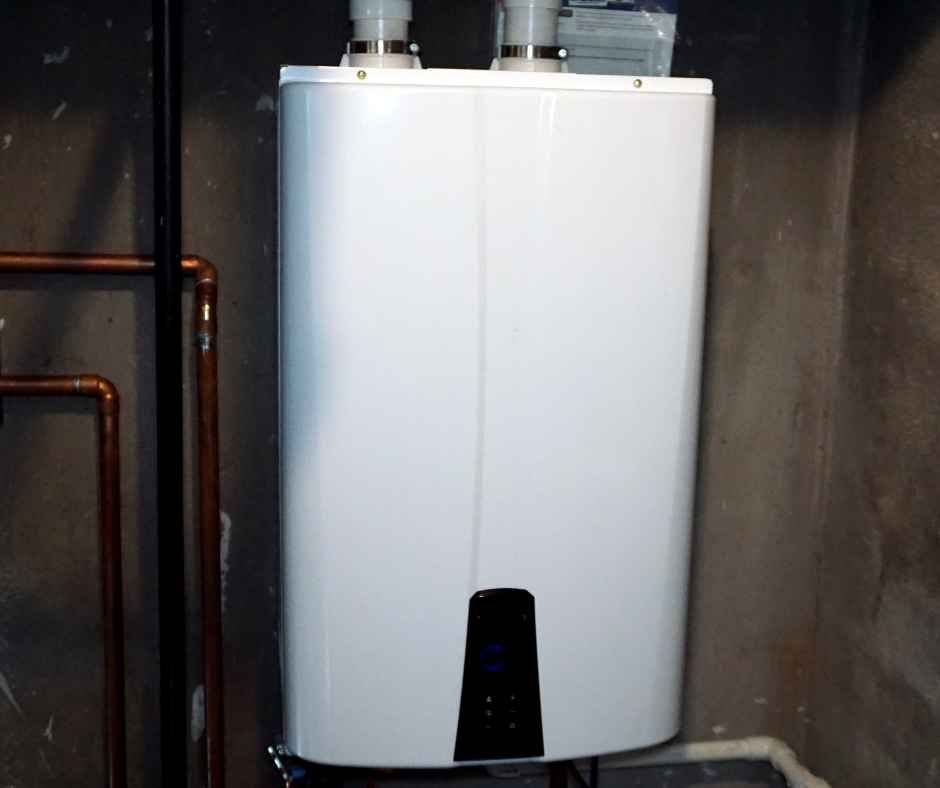
How Does a Tankless Water Heater Work?
April 9, 2024
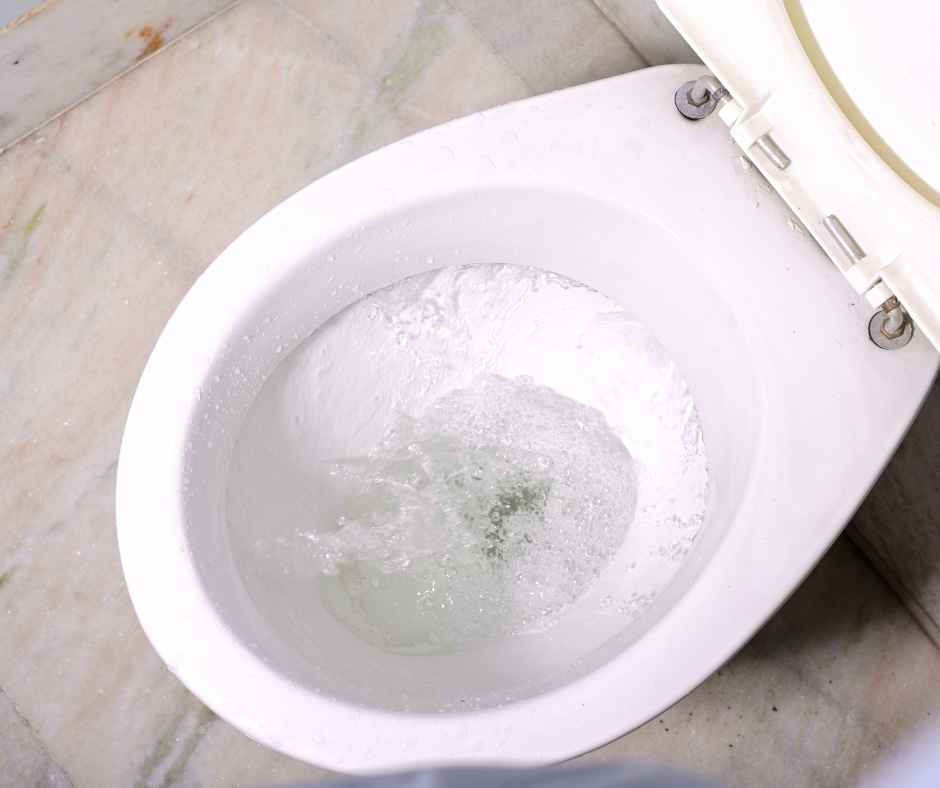
Why Does My Toilet Keep Running?
February 12, 2024
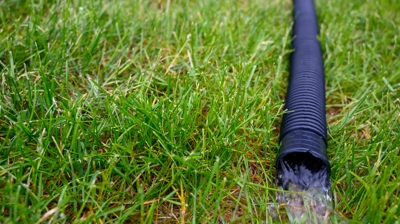
Preparing Your Plumbing for Summer: Tips for Renton, WA Homeowners
June 26, 2023
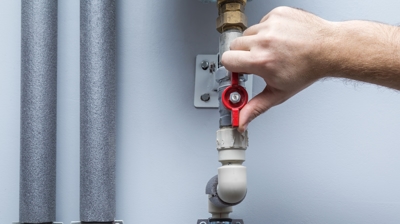
From Thawing to Blooming: How Spring Weather Affects Your Plumbing
April 26, 2023
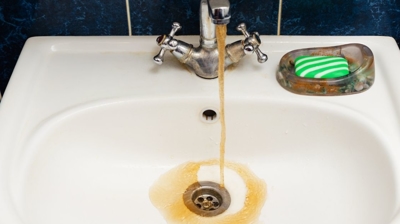
Why Is Rusty-Colored Water Coming Out of My Faucets?
March 14, 2022
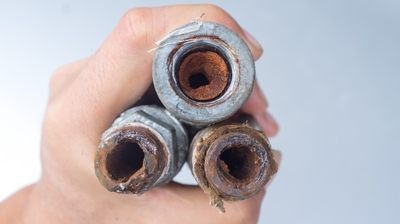
3 Plumbing Pipe Materials You Don’t Want In Your Home
February 3, 2022


